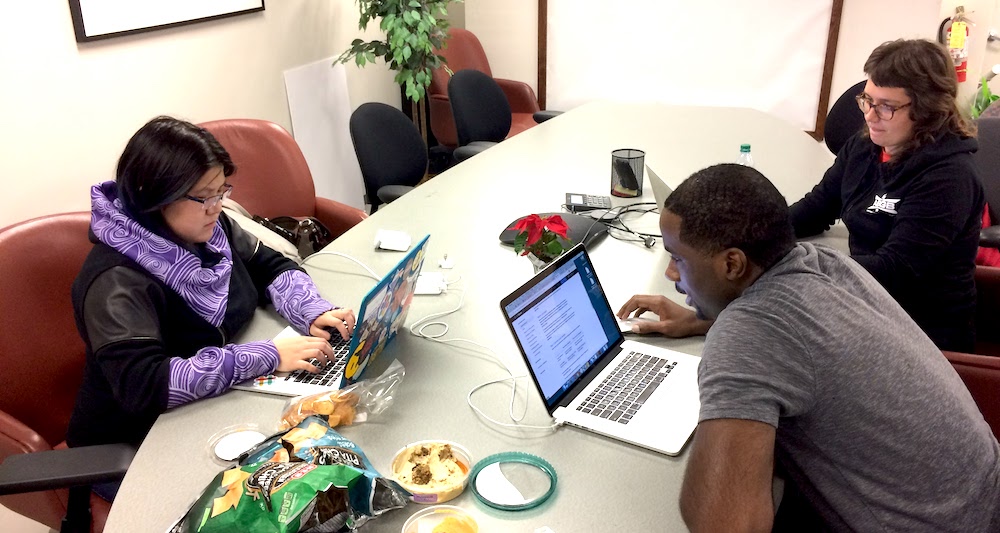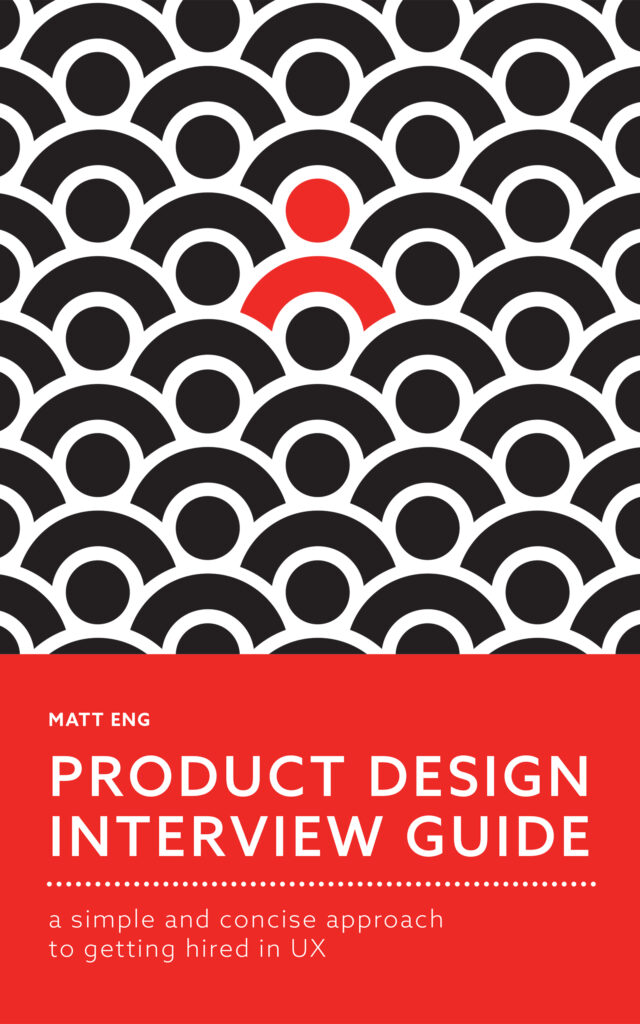Whether you are in the discovery phase of your project or testing your designs, you will need to do user interviews. These sessions are more than a conversation and require some level of skill and organization to keep the participant on track. They also allow for flexibility to gather key insights. From my experience of setting up and conducting dozens of user interviews, here are five steps for a successful session.
1. Finding the right users
A lot of the art is finding the right people. I mentioned in a previous article that screening for the right participants is key. Preparing and coordinating schedules is time-consuming. So, realizing that you do not have the appropriate participant in the interview is disheartening.
Also, I have learned from a recent talk at Big Design, “Learning from User Research War Stories,” UX researchers should also be wary of people that are “professional testers or participants” This means that there are those who have learned to game the screeners only to take advantage of the monetary incentives.
2. Prepping for user interviews
This is easy to say, but a lot of us assume that the research begins with the interviews. Look into the subject you want the participants to cover. With your team or at least a few other less biased eyes, map out your assumptions and questions. Review the previous research available.
If this is a participant that you or someone else in your company has spoken with before, review that work. Make sure you are prepared to address any previous questions or requests that came up in those sessions. This helps further the conversation and build on the relationship. Plus, it avoids inadvertently making the participant feel ignored or used.
3. Setting up
Batch schedule your interviews. This is the advice from a lot of my mentors. Most research will require at least seven interviews. So, you will want to avoid downtime, but you will also need time to review previous sessions to adjust interview tactics.
a lot of us assume that the research begins with the interviews
When dealing with multiple participants, clear off your schedule for a block of days and point your participants to apps like Calendly. This directs them to choose an available time without the back and forth. The added bonus is that Calendly helps you figure out time zones.
Decide your roles if you are working with a team. The most experienced researcher should lead the session. One person is the note taker. One sets up the video and audio recordings.
4. Guiding the interview
While most of the time, the most experienced researcher should lead the session. You could make an exception if there is another researcher with a specific domain knowledge. Also,the research lead can carve out parts of the session for other researchers to cover in order broaden that person’s experience.
The rest of the group should follow their designated roles (i.e. notetaker and recorder). This means that only one person should guide the session. Avoid talking over each other and overwhelming the participant. The goals is to keep the participant in a relaxed state. This is the best condition for sharing information.
To communicate during the session, the team relays questions in Slack or another messenger app for the lead researcher.
5. Review and following up
After each session, debrief with the research team. For the sake of memory, it is better to do this as soon as possible. People will experience the same session differently. It is important to confirm what you heard the participant say.
If you are just starting your interview sessions, review how your setup is working. What about the scheduling, recording, etc. can you improve?
Make sure to send a follow-up email to thank the participant. This is also an opportunity to send a survey to cover any questions that may have come up during the debriefing sessions.
Closing thoughts
Conducting user interviews without the proper preparation, methodology and follow through will not only waste time but it may also gather skewed results. While I often hear phrases such as, “any research is better than no research,” there are steps we can take to do the best user interviews possible.

